 Many growers apply the “4R” framework for nutrient management—using the right fertilizer source, at the right rate, at the right time and in the right place—to more closely match crop nutrient needs to fertilization practices while supporting sustainable agriculture goals.
Many growers apply the “4R” framework for nutrient management—using the right fertilizer source, at the right rate, at the right time and in the right place—to more closely match crop nutrient needs to fertilization practices while supporting sustainable agriculture goals.
Guided by this framework, growers have been able to improve their fertilizer use efficiency and reduce nutrient loss to the environment. However, despite best practices, an estimated 40% to 50% of applied nitrogen is either immobilized by soil microorganisms or lost from the soil through denitrification or leaching, rendering it unavailable to the crop.
Although some soil microorganisms contribute to nitrogen loss or immobilization in the soil, others can have a positive influence on nitrogen use efficiency by enhancing the availability or stability of nitrogen in the soil or by enhancing root growth and physiological functions.
How Microbes Affect Nitrogen Use Efficiency
Bacteria and other microorganisms—through their metabolic processes—exude or secrete a wide range of biochemical compounds (called primary and secondary metabolites) into the soil. These biochemicals are not simply the waste or byproducts of metabolic functions. They are the tools through which microorganisms communicate and function in the soil. Some of the ways they can influence nitrogen use efficiency are by:
Complexing nitrogen into organic forms. Biochemical compounds exuded by bacteria and other microorganisms can influence nitrogen transformations. They can also promote the combination of nitrogen into more complex organic compounds, such as amino sugars, amino acids, and proteins, which can induce a metabolic response in other microorganisms and plants.
Keeping nitrogen in plant-available forms. Biochemical compounds in the soil can help keep or convert nitrogen into a plant-available form. One of the well-understood mechanisms of conversion is mineralization, which is the conversion of organic nitrogen to plant-available ammonium. Although not all of the exact mechanisms of conversion or transformation through which this occurs have been uncovered, it is thought that the biochemicals in the soil might also influence the conversion of nitrate back into an ammonium form, or even the transformation of ammonia back into ammonium or amino compounds.
Enhancing root growth and root physiological functions. Roots can respond to signals from biochemical compounds in many ways, including by increasing growth and branching, increasing the uptake of nutrients such as nitrogen, or limiting the uptake of compounds such as salt ions. Roots can also respond to biochemical signaling in the soil biochemistry by making changes to their own exudates. This can have an effect on rhizosphere bacterial functions that, in turn, may help make nutrients more available to the plant.
Helping Growers Improve Nitrogen Use Efficiency
To gain greater nitrogen use efficiency, growers who are already using the 4R framework and similar practices can utilize additional tools and technologies to aid with soil health, plant health and nutrient efficiency. Available technologies not only include enhanced efficiency fertilizers, nitrogen stabilizers and nitrogen inhibitors, but also biochemical tools like fertilizer biocatalysts, which make use of biochemical mechanisms to directly stimulate bacterial, nutrient and plant functioning.
The fertilizer biocatalyst ACCOMPLISH MAX can effectively convert applied nitrogen into plant-available forms to increase nutrient availability and facilitate nitrogen uptake by the plant, as seen in this pivotal study with the original ACCOMPLISH formulation. Similarly, EXTRACT PBA is a biocatalyst that can be used to release nutrients that are tied up in the soil, hasten residue breakdown and facilitate the cycling of nutrients—including nitrogen—back into the soil.
A new tool, N-FINITY, is also available to growers who are seeking to improve nitrogen use efficiency. N-FINITY contains microbes and microbial metabolites that give crops access to biological nitrogen through direct nitrogen fixation, recruitment of nitrogen fixers to associate with plant roots and liberation of organic nitrogen in the soil. These three modes of action provide a versatile solution that can enhance nitrogen use efficiency across a wide range of field and environmental conditions.
By helping to ensure that more of the nitrogen a grower applies gets into the crop, these technologies can increase nitrogen use efficiency.
Learn more about the influence of soil biochemistry on plant health and nutrition by downloading the 'Understanding Soil Microbiology and Biochemistry' booklet.





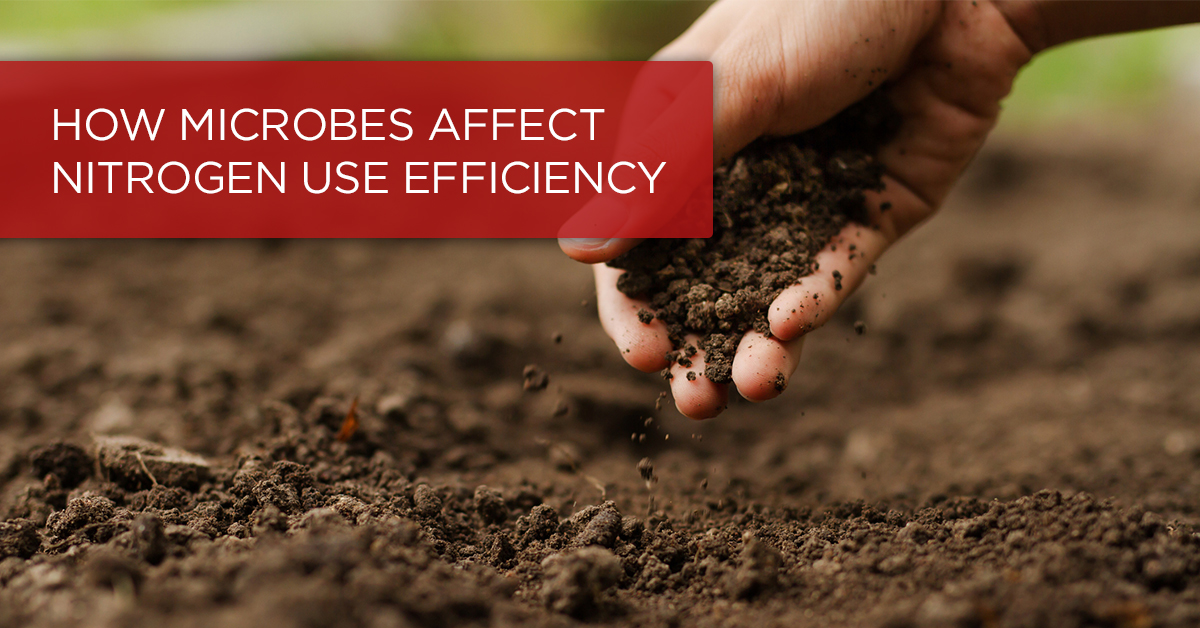




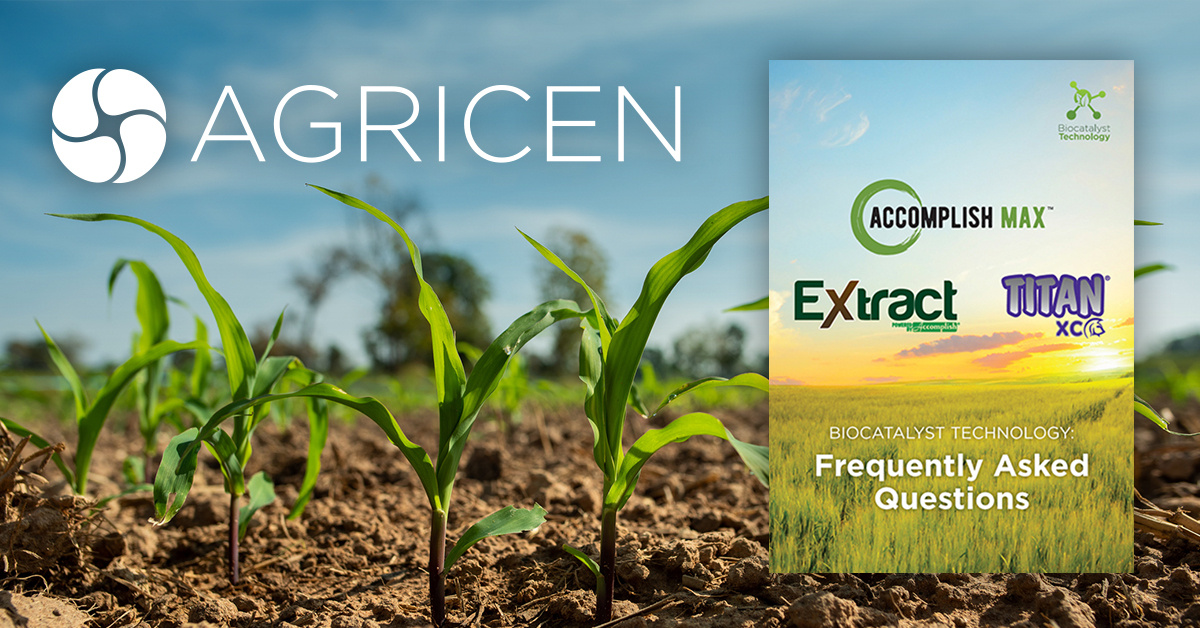
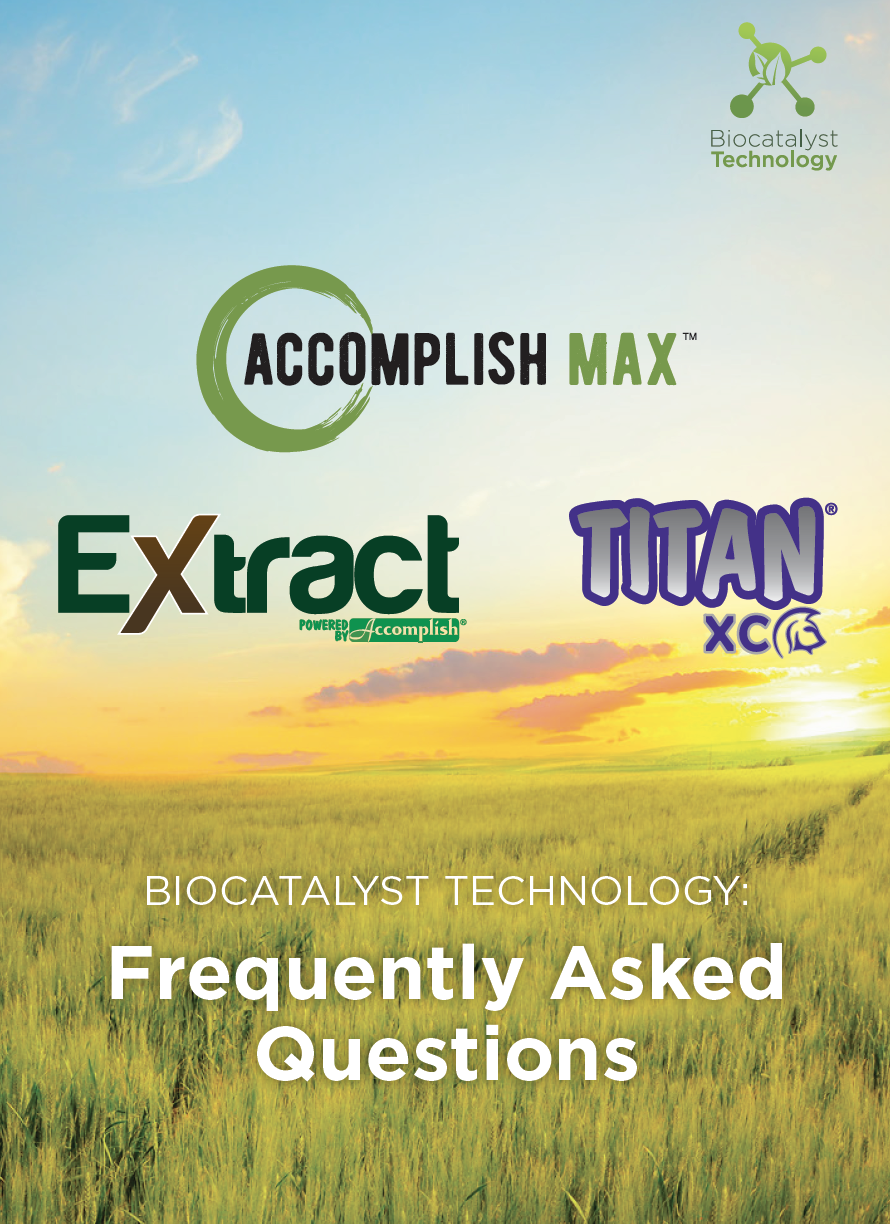

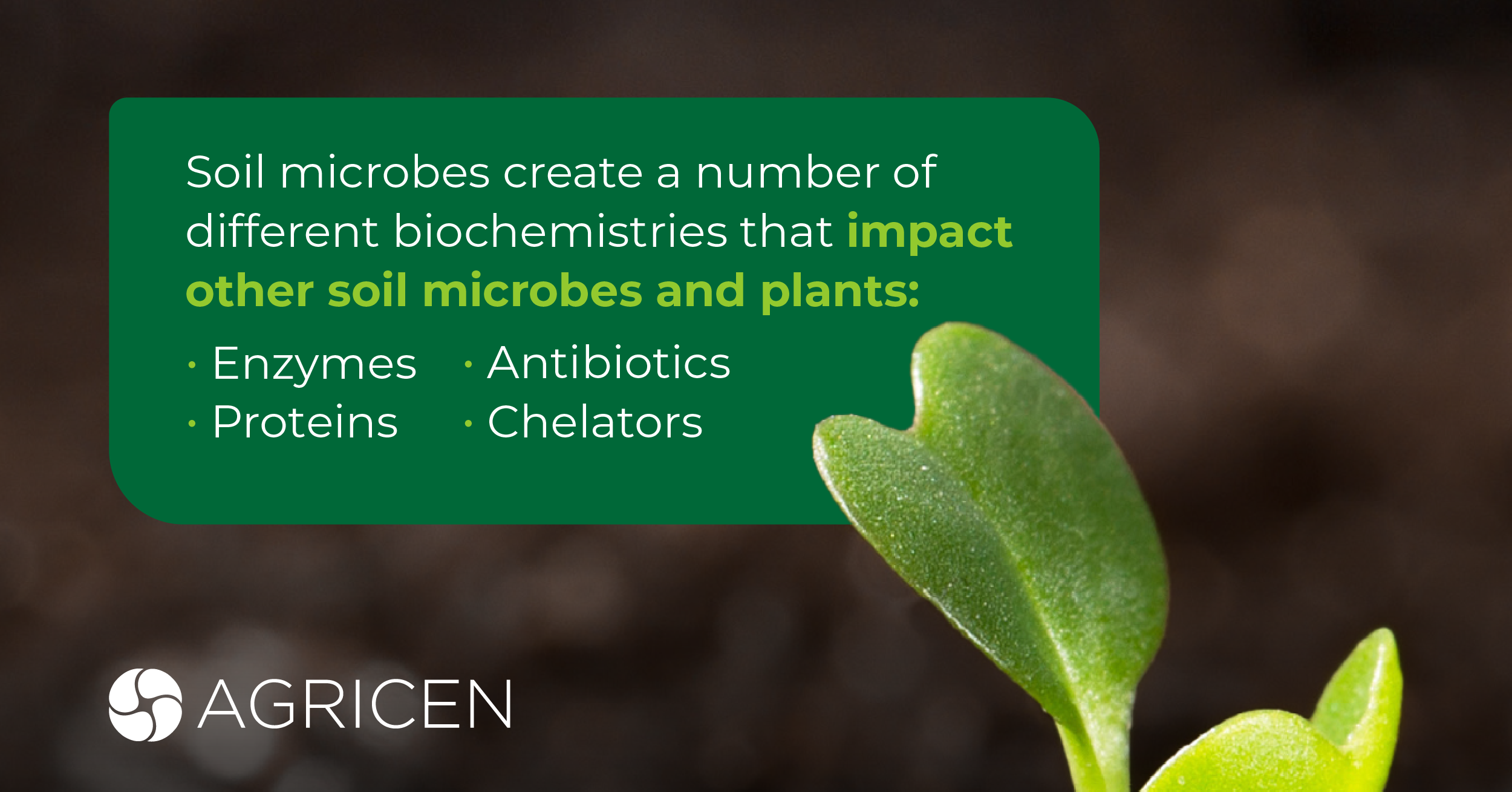
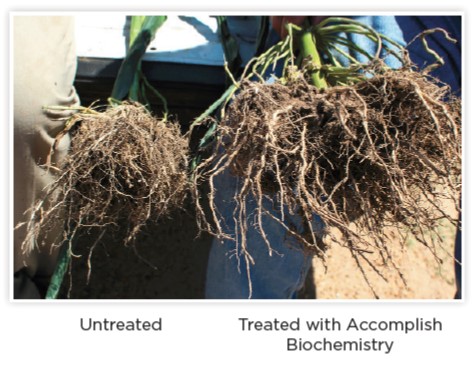

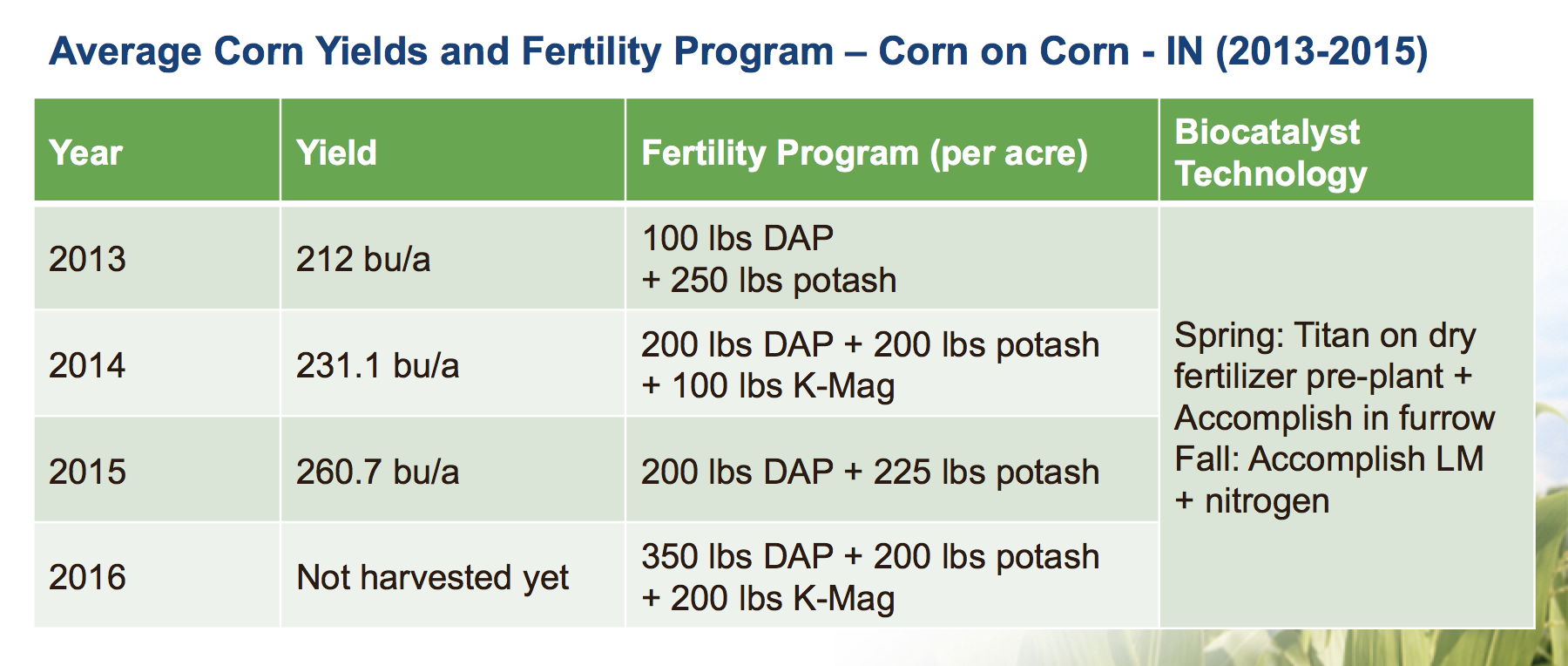

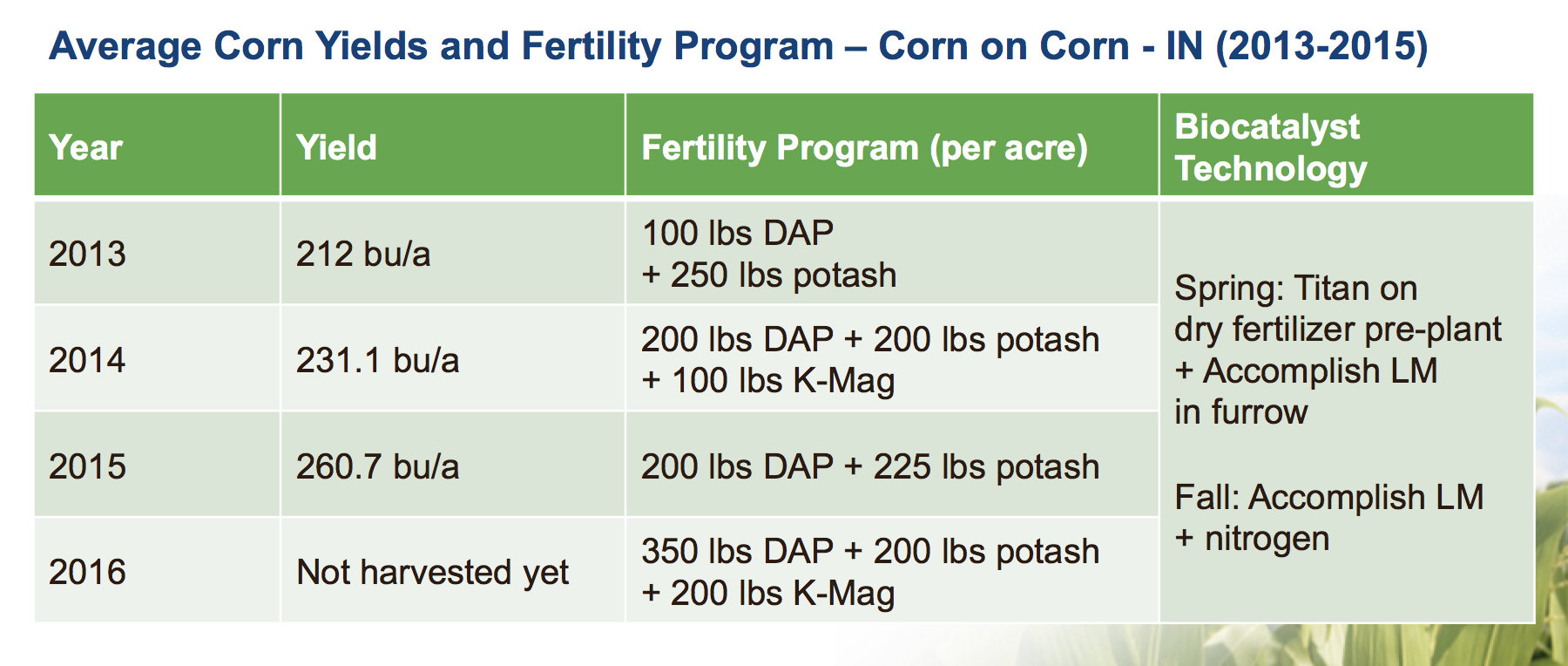
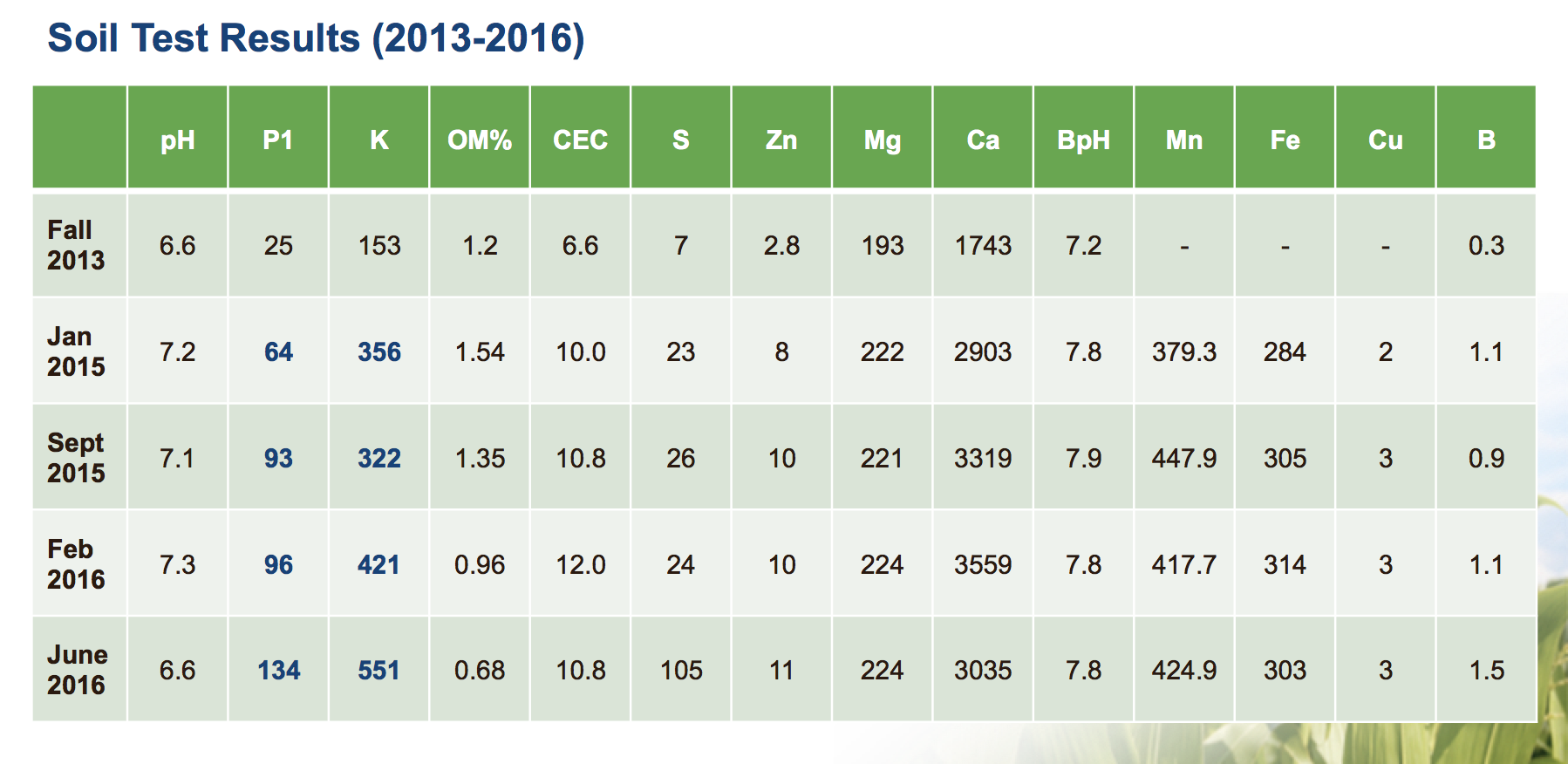

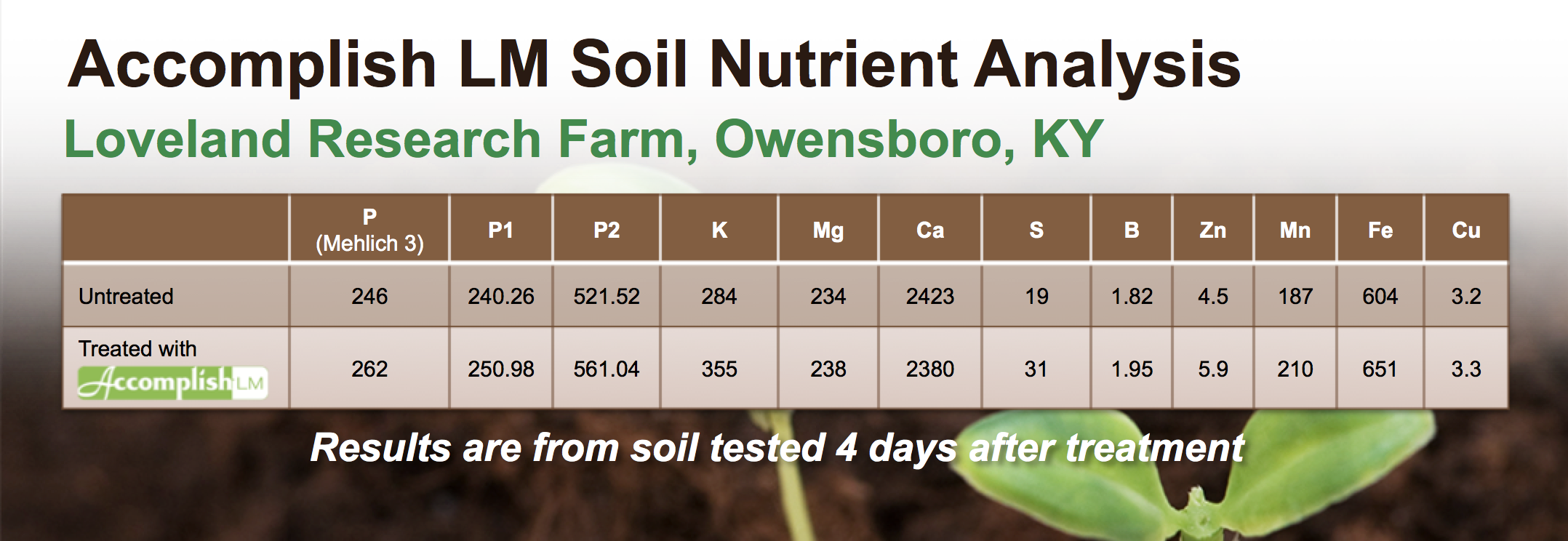
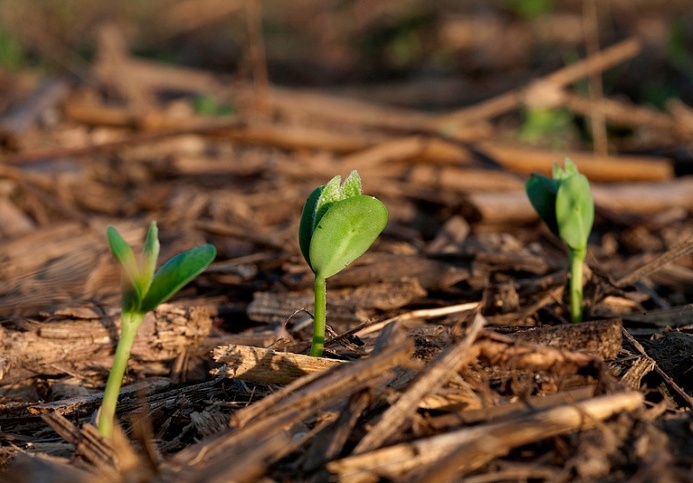


![[Trial Results] Soybean Startup Program Is a Standout in the Field](http://cdn2.hubspot.net/hubfs/269648/blog-files/soybean_startup_1.jpg)

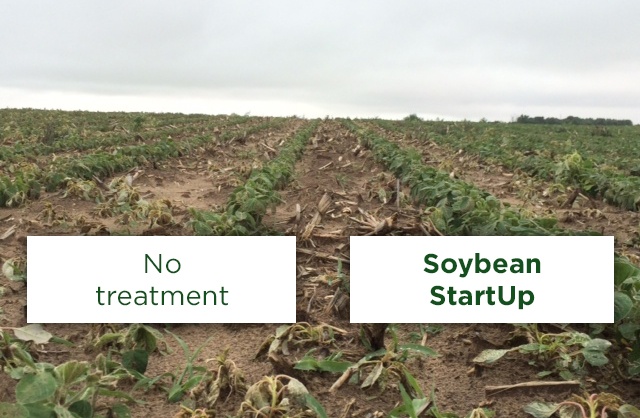
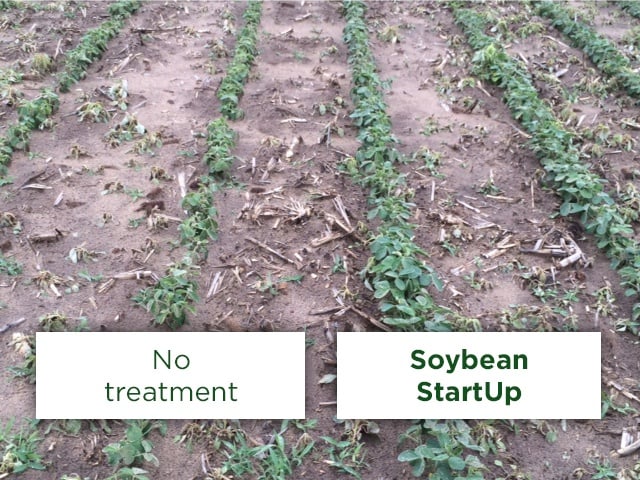
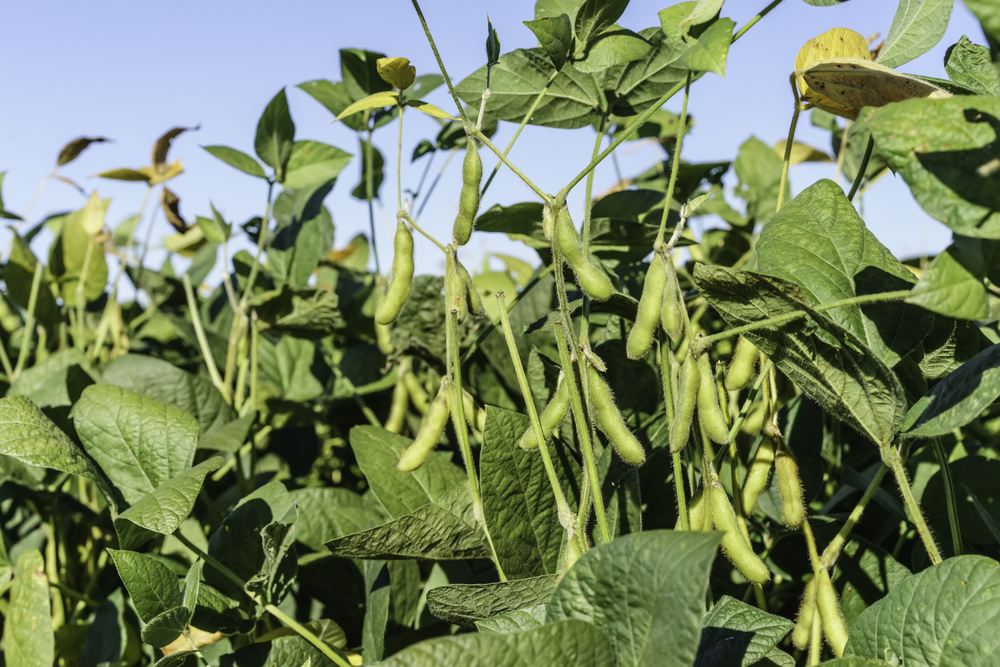

 In this short video,
In this short video, 